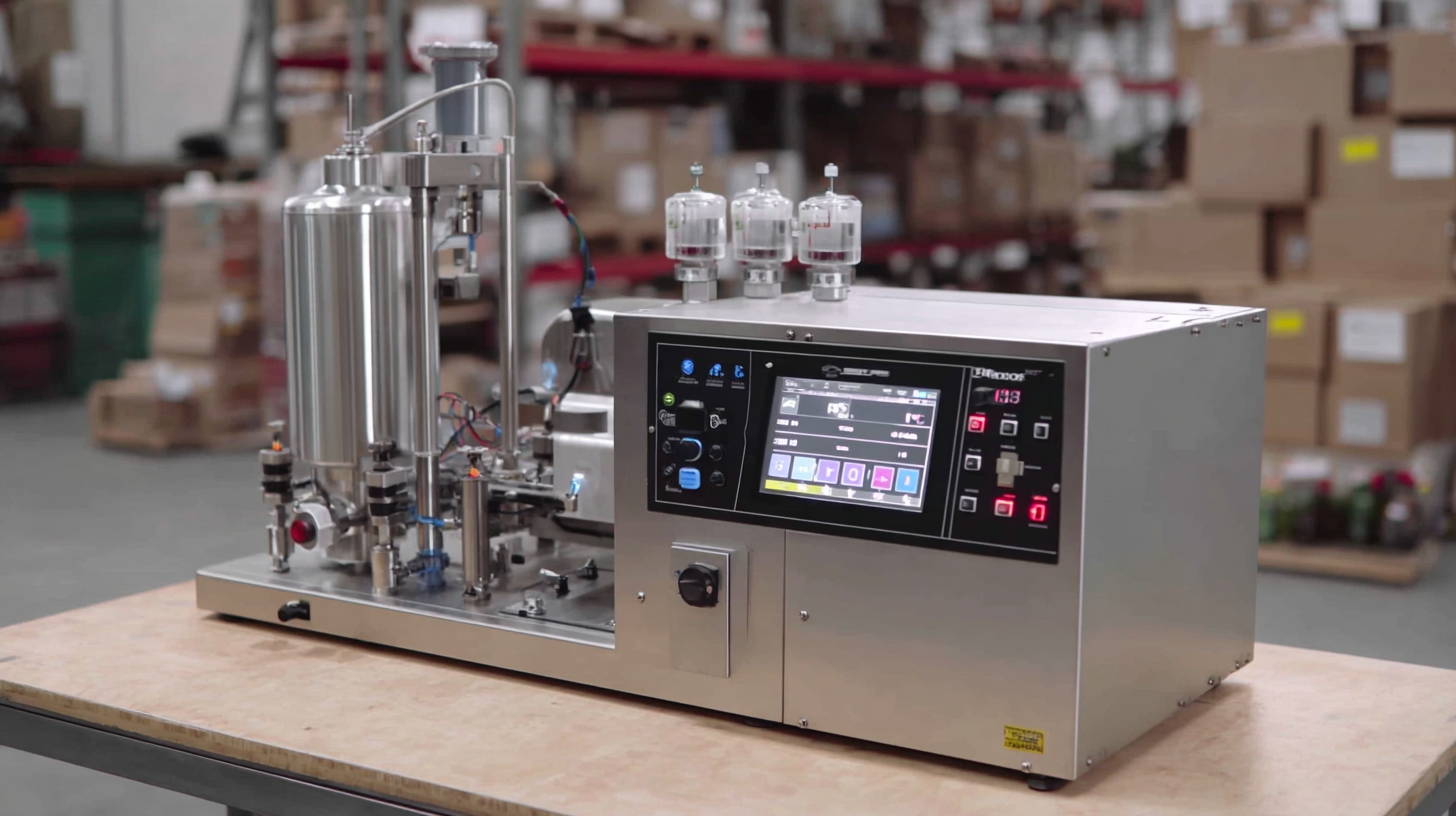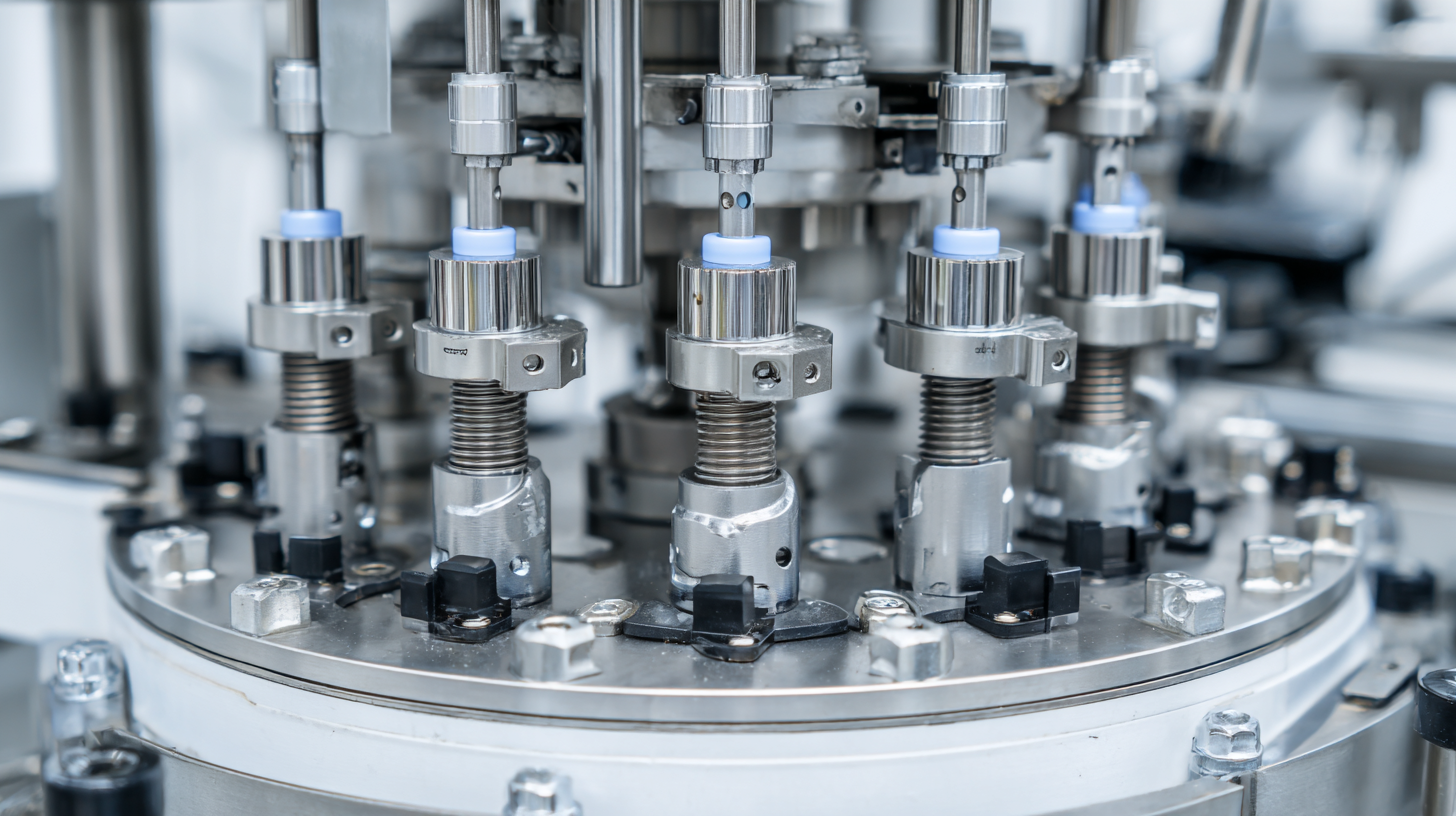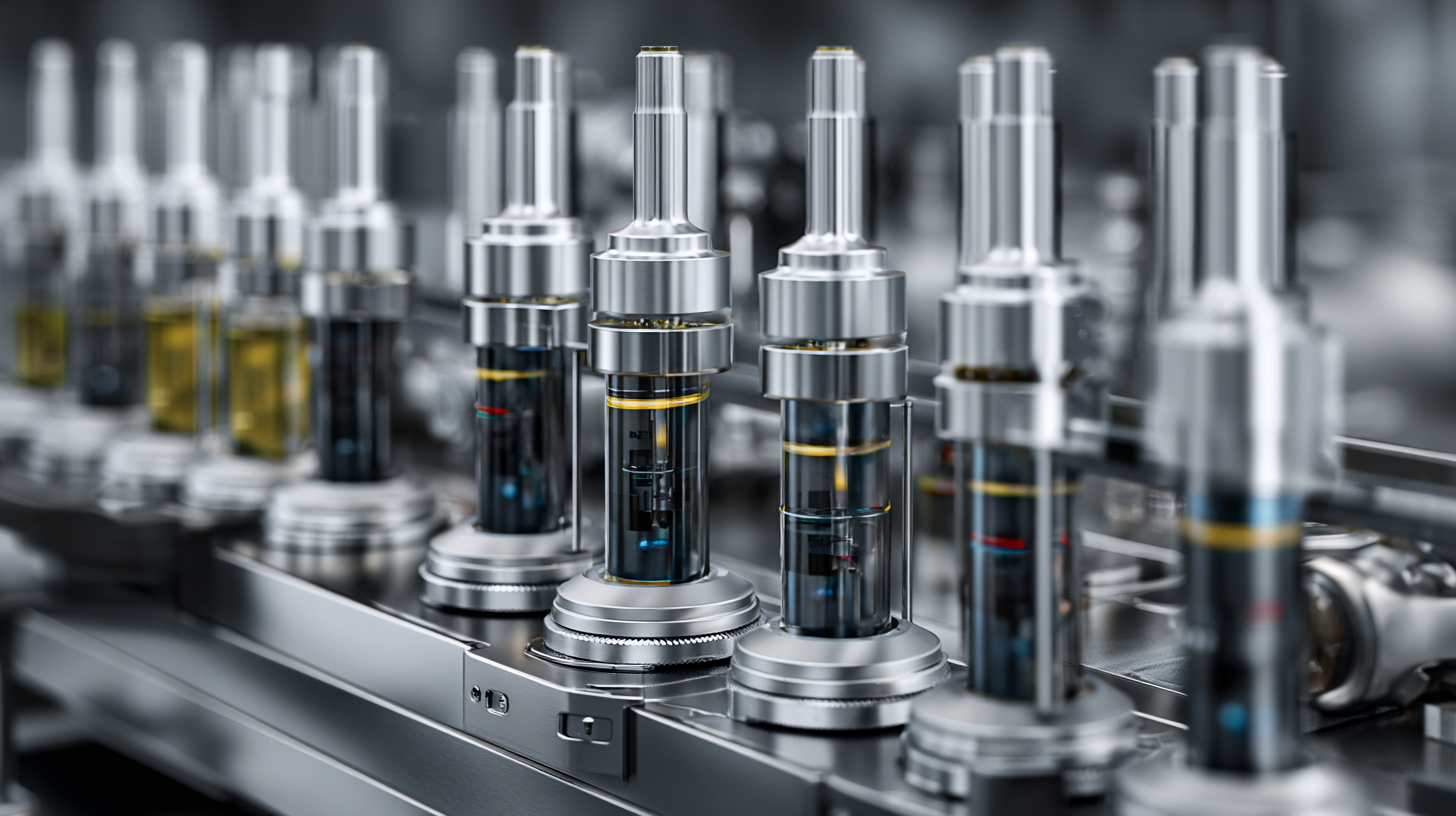
In today's fast-paced manufacturing landscape, selecting the right Aerosol Filling Machine is crucial for businesses aiming to stay competitive and meet market demands. As we move towards 2025, understanding the intricacies involved in choosing an aerosol filling machine becomes paramount, especially given the projected growth in the industry.

With several options available, making an informed decision can save time and resources while maximizing efficiency and output quality. This blog will explore seven essential tips that will guide you in selecting the best aerosol filling machine tailored to your business needs, ensuring that you not only comply with industry standards but also enhance your production capabilities.
Whether you're venturing into the aerosol packaging market for the first time or looking to upgrade your existing systems, these insights will equip you with the necessary knowledge to make a strategic investment.
When selecting the best aerosol filling machine for your business, it's crucial to understand the various types available in today's market. Aerosol filling machines have gained significant traction, with the market projected to grow from $2.11 billion in 2025 to an astounding $3.94 billion by 2034. This growth is largely driven by the rising demand for advanced packaging technologies and the increasing consumer preference for rigid packaging solutions. Businesses must consider the specific requirements of their products, such as viscosity, packaging type, and production volume, when evaluating machine options.
Different types of aerosol filling machines cater to diverse industry needs, ranging from fully automatic systems for high-volume production to semi-automatic machines ideal for smaller operations. Each type varies in complexity, speed, and versatility, making it essential to match the machine’s capabilities with your operational goals. The increasing innovations by manufacturers also play a vital role, enhancing efficiency and ensuring compliance with industry standards. Understanding these dynamics will help businesses make informed decisions while navigating the evolving landscape of aerosol filling solutions.
| Type of Machine | Capacity (Cans/Min) | Filling Precision (%) | Automation Level | Typical Applications |
|---|---|---|---|---|
| Semi-Automatic Filling Machine | 10-20 | ±1% | Low | Household products, cosmetics |
| Fully Automatic Filling Machine | 30-50 | ±0.5% | High | Industrial products, aerosol paints |
| Tabletop Aerosol Filler | 5-10 | ±2% | Manual | Small batch production, samples |
| High-Speed Filling Line | 60-100 | ±0.5% | Fully Automated | Large scale production |
| Portable Aerosol Filling Machine | 3-5 | ±3% | Low | Fieldwork, mobile applications |
When selecting an aerosol filling machine for your business, it is crucial to evaluate several key technical specifications to ensure optimal performance and efficiency. One of the most important factors to consider is the filling capacity of the machine. This defines how many units can be filled per hour and directly impacts your production speed. A machine that aligns with your production goals can help minimize downtime and improve overall productivity.
Another critical specification is the machine’s compatibility with various aerosol formats and sizes. Different products require different filling techniques and container types, so it is essential to choose a machine that can handle a range of aerosols, whether they are small or large, pressed or liquid. Additionally, look for features such as automated adjustments for different container sizes, which can save time and reduce labor costs during production runs. Assessing automation and control features is also vital, as modern machines often come equipped with advanced technology that allows for precise filling and reduces waste, enhancing both accuracy and efficiency in your production line.

When selecting an aerosol filling machine, focusing on efficiency is crucial for optimizing production and maintaining product quality. One of the top features to consider is the machine's automation level. According to a report by IBISWorld, the automation of manufacturing processes can enhance productivity by up to 30%, allowing businesses to fill more units per hour while minimizing human error.
An automated system not only speeds up the operation but also ensures consistency, which is vital for meeting regulatory standards.
Another essential feature is the machine’s adaptability for various container sizes and types. A flexible filler can accommodate diverse product lines without requiring extensive downtime for changeovers. This adaptability is increasingly important as market research by Grand View Research indicates that the demand for customized packaging solutions is expected to grow at a CAGR of 5.3% over the next five years. Furthermore, advanced filling technologies that incorporate precise measuring and control systems can significantly reduce waste, further enhancing overall efficiency by decreasing product loss during the filling process.
When selecting the best aerosol filling machine for your business, one of the most critical considerations is determining the right capacity and size to meet your operational needs. The capacity of the machine directly impacts your production efficiency. If demand fluctuates, choosing a machine that can accommodate varying output levels will ensure you are neither over-producing nor facing shortages. Look for machines with adjustable filling capacities that can adapt to both high and low demand periods.
Additionally, consider the physical size of the machine in relation to your workspace. A compact design is often more advantageous in facilities with limited space. Evaluate the layout of your production line to ensure the machine can be integrated without disrupting existing workflows. Investing in a machine that fits the space not only enhances productivity but also simplifies maintenance and operator access.
Finally, assessing the type of products you intend to fill is essential. Different products may require different sizes and configurations of filling machines. For instance, hazardous materials may necessitate specialized equipment that adheres to safety standards. Prioritize machines that can be tailored to the specific characteristics of your products while enabling smooth operation in your production environment.
When selecting an aerosol filling machine, maintenance and longevity should be your primary considerations to ensure optimal performance and return on investment. According to a report from MarketsandMarkets, the global aerosol filling equipment market is projected to grow from $3.18 billion in 2021 to $4.62 billion by 2026, highlighting the increasing demand for reliable machinery. Regular maintenance practices such as nozzle cleaning, pressure checks, and calibration are crucial in extending the lifespan of your equipment. Preventative maintenance can significantly reduce downtime, with data from the National Institute of Standards and Technology indicating that effective maintenance strategies can improve equipment efficiency by up to 30%.
Moreover, the choice of materials and technology used in aerosol filling machines directly impacts maintenance needs. Investing in machines with advanced features like automatic lubrication systems and integrated diagnostics can help streamline operation and reduce wear and tear. According to a study by Technavio, organizations that prioritize preventive maintenance can save up to 40% on repair costs, reinforcing the importance of choosing high-quality equipment and implementing best practices for maintenance. By focusing on these factors, businesses can ensure their aerosol filling machinery operates efficiently for the long term.

